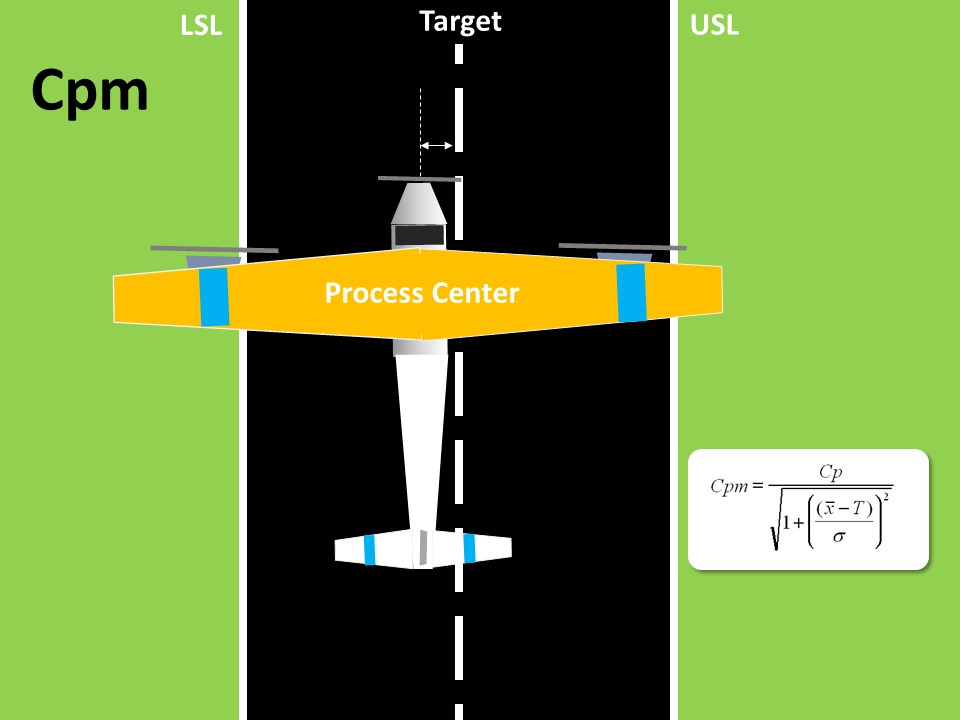Python is one of the most popular programming languages for data science and machine learning due to its simplicity, versatility, and the availability of numerous powerful libraries and frameworks. Here are some common uses of Python in data science and machine learning:
- Data Manipulation and Analysis: Python provides libraries like NumPy and pandas that offer efficient data structures and functions for data manipulation, cleaning, and analysis. These libraries enable tasks such as handling large datasets, filtering, merging, and transforming data.
- Data Visualization: Python offers libraries like Matplotlib, Seaborn, and Plotly, which allow data scientists to create interactive and publication-quality visualizations. These tools help in understanding and communicating insights from data effectively.
- Machine Learning: Python has several powerful libraries for machine learning, including scikit-learn, TensorFlow, Keras, and PyTorch. These libraries provide a wide range of algorithms and tools for tasks such as classification, regression, clustering, and neural network modeling. Python’s simplicity and extensive community support make it an excellent choice for building and deploying machine learning models.

- Natural Language Processing (NLP): Python has libraries such as NLTK (Natural Language Toolkit), spaCy, and gensim that offer tools and algorithms for processing and analyzing human language data. NLP applications include sentiment analysis, text classification, language translation, and information extraction.
- Deep Learning: Deep learning, a subset of machine learning, focuses on training neural networks with multiple layers. Python libraries like TensorFlow, Keras, and PyTorch provide extensive support for building and training deep learning models. These frameworks enable complex tasks like image recognition, natural language understanding, and speech recognition.
- Big Data Processing: Python can be used with big data processing frameworks like Apache Spark, which allows scalable and distributed data processing. PySpark, the Python API for Spark, enables data scientists to leverage Spark’s capabilities for data analysis and machine learning on large datasets.
- Data Mining and Web Scraping: Python has libraries like BeautifulSoup and Scrapy that facilitate web scraping and data extraction from websites. These tools are useful for collecting data for analysis and research purposes.
- Automated Machine Learning (AutoML): Python frameworks such as H2O and TPOT provide automated machine learning capabilities, enabling users to automate the process of selecting and tuning machine learning models.
- Model Deployment and Productionization: Python offers frameworks like Flask and Django that allow data scientists to deploy machine learning models as web services or build interactive applications. These frameworks enable integration with other systems and provide APIs for model inference.
Python’s rich ecosystem, extensive community support, and the availability of numerous libraries make it a versatile and powerful language for data science and machine learning tasks.






